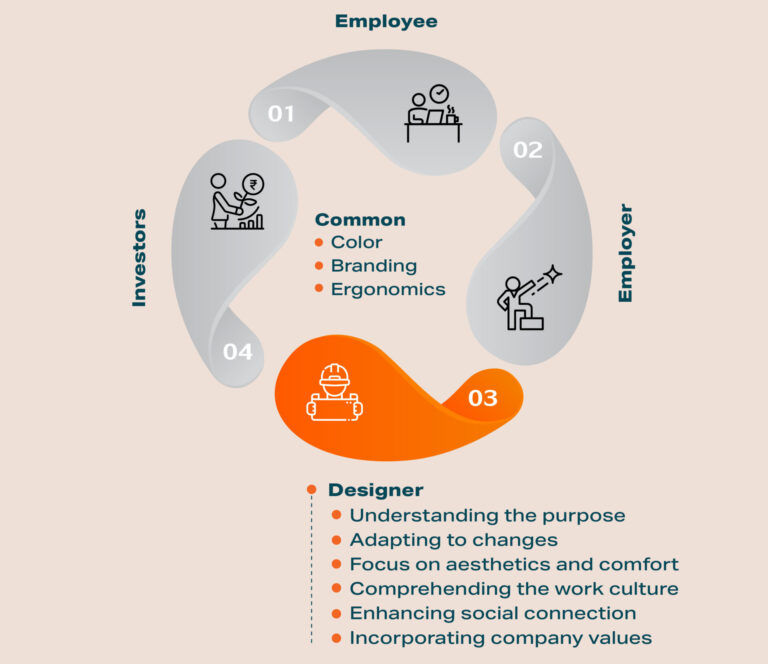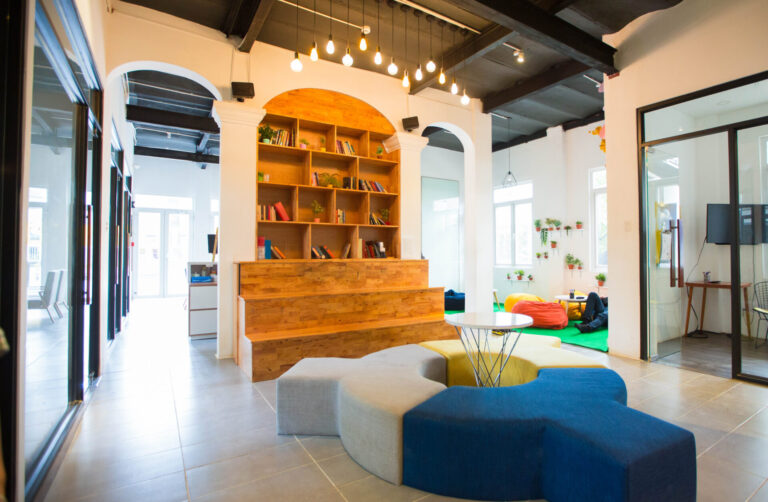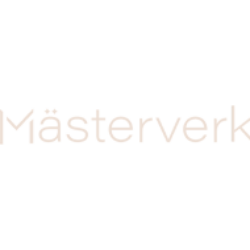Blog
A workplace where everyone feels welcome-Designer’s perspective (3/4)
Office space design is crucial for creating a productive and pleasant work environment. Employees’ perceptions of their roles, interactions with others, and contributions to the success of the company are all greatly influenced by their work environment.
Designers play an important role in helping shape workspaces that reflect the values, goals, and aspirations of the company, inspiring employees to deliver great work.
Here’s how designers can enhance the working environment for their clients.
(NOTE: This is the third in a series of four blogs on workspace design. as seen from the eyes of its stakeholders – employees, employer, designer & investors)

Understanding the purpose
The design and architecture of office spaces play a vital role in influencing how we work and engage in professional settings. Different offices may require a specific type of setup, depending on the nature of the work.
Understanding the specific purpose of the intended area and tailoring the design to meet the specific needs and goals of the space ensures that it enhances productivity, fosters creativity, and promotes a positive atmosphere.
Adapting to changes
Workplace transformation has accelerated due to the recent widespread adoption of remote and hybrid work arrangements.
Companies are recognizing the need to create environments that accommodate evolving work structures while fostering satisfaction, engagement, and well-being among their workforce.
Some startups are choosing to work out of co-working spaces to give employees a sense of fresh perspective, dynamism, and adaptability.
Focus on aesthetics and comfort
Designers are actively integrating specific elements into the workspace to improve the employee experience. This may include creating ergonomic workstations, incorporating natural elements for a biophilic effect, and offering diverse spaces that cater to various work styles and preferences.
For example, introduce a variety of seating options, including lounge areas, collaborative spaces, and private sections, to accommodate different working preferences and promote comfort.
Comprehending the work culture
Office architecture and design are tangible representations of an organization’s work culture. Whether it’s an open layout to encourage collaboration or private offices to emphasize individual focus, the physical space reflects the values and priorities of the work culture.
Choose enclosed offices, quiet rooms, or soundproof pods to cater to a focus-oriented culture, and workstations and open lounges for a team-oriented culture.

Enhancing social connection
Incorporate areas that foster community building and social interactions. This could include open collaboration spaces, break rooms, and common areas that promote unity and teamwork.
Choose common area designs that encourage employees to communicate and connect. Include interactive gaming zones and kitchen spaces that help to unwind.
Incorporating company values
Office layouts are intended to showcase and uphold the culture and values of the business.
Incorporating branding components, designing areas that support the organization’s goals, and cultivating an atmosphere where staff members have a deep sense of belonging to the brand are some ways to achieve this.
Wrapping up
Creating an effective workspace requires interior designers to balance aesthetics with functionality while incorporating a holistic approach.
Understanding the purpose of the space is paramount; whether fostering collaboration, supporting well-being, or encouraging innovation, each design element should align with the intended goals.

